Shirdi Sai Baba Pilgrimage, History, Statue, Best Time To Visit, How To Reach & FAQ’s
Table of Contents
ToggleSai Baba is also known as Shirdi Sai Baba pilgrimage for everyone. Sai Baba is regarded as an Indian spiritual master. He is respected by both his Hindu and Muslim devotees not only when he was alive but also after his death. Sai Baba used to preach the importance of realization of the self and criticized love towards perishable things.
His teachings mainly concentrated on a moral code of love, forgiveness, helping others, charity, contentment, inner peace and etc. He stressed on the importance of surrender to the true Satguru. Sai Baba also censured differences based on religion or caste system.
Location
Shirdi Sai Baba Pilgrimage is located in the Indian city of Maharashtra. Shirdi is also known as Sainagar. It is located in the Rahata taluka in the district of Ahmednagar District. Shirdi is approx 83km from Ahmednagar and 15 km from Kopargaon. There is trust named Shri Saibaba Sansthan Trust located in Shirdi is one of the richest temple organizations.
Shirdi Sai Baba Pilgrimage Facts
| Area | Maharashtra |
| Weather | 37 °C, Wind E at 10 km/h, 17% Humidity |
| Population | 479(202,800/km2 (7,200/sq mi) |
| Language | Marathi, Hindi |
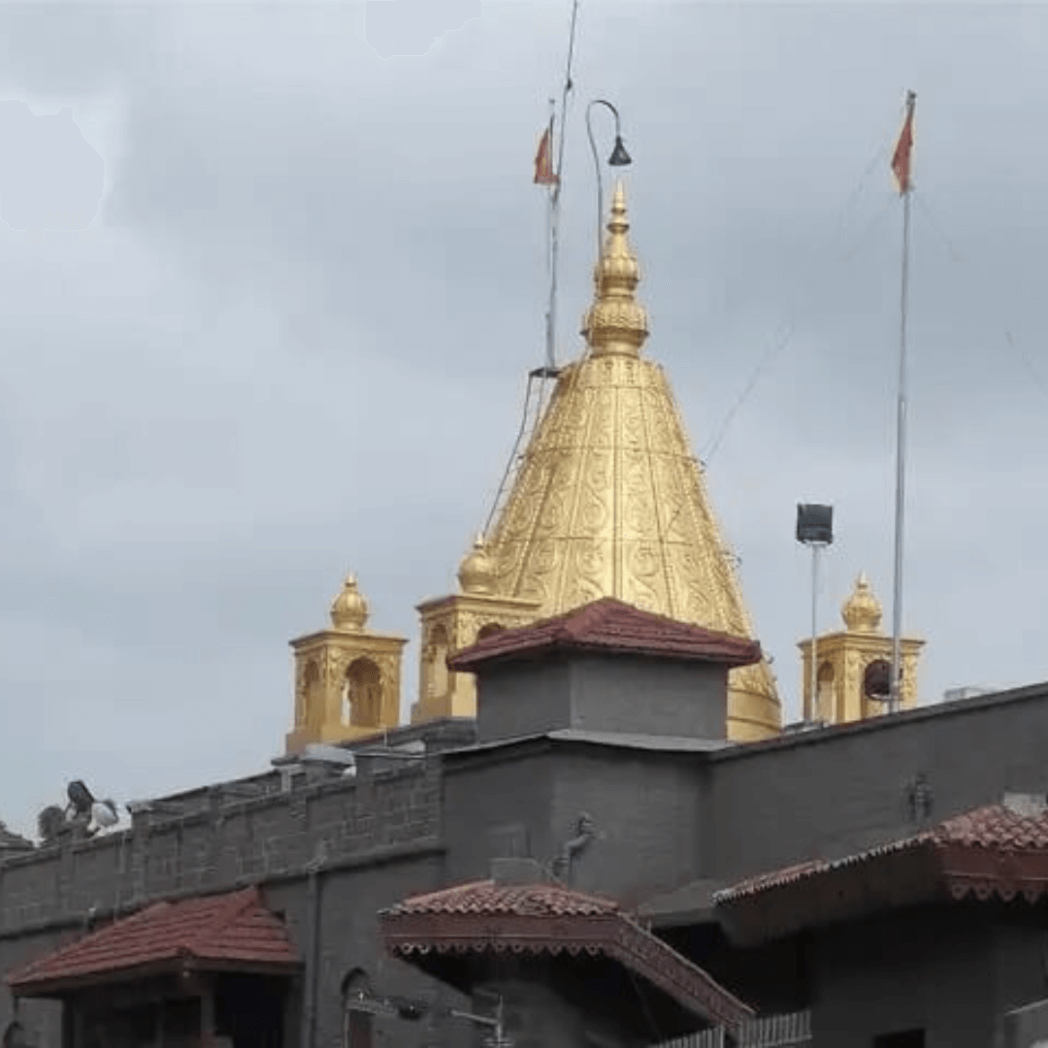

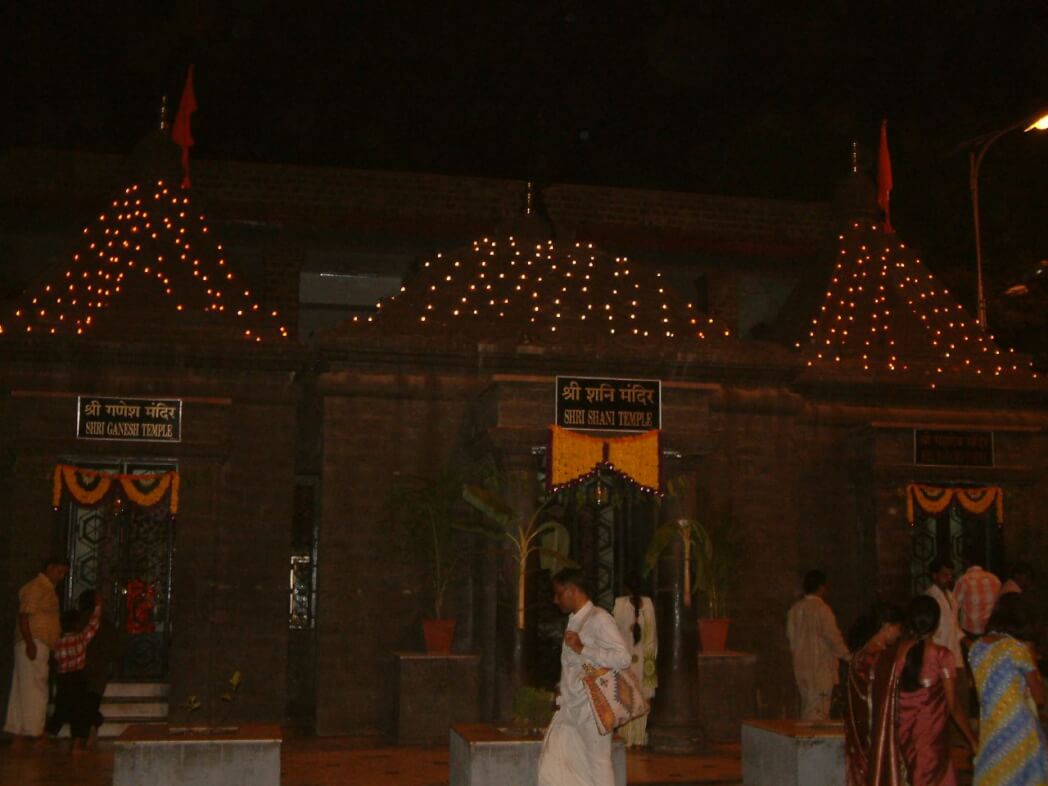
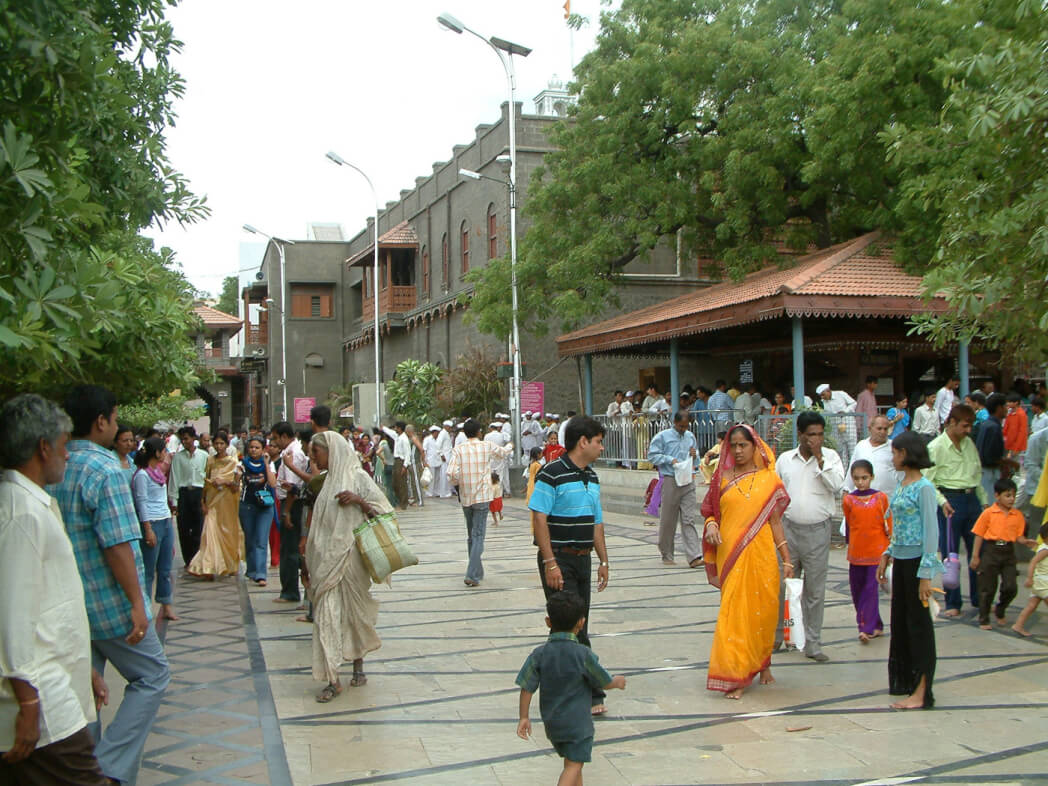
Shirdi Sai Baba Pilgrimage History
It is said that the land where the temple has been built was actually constructed as Wada. Wada refers to a large private house in which Baba stayed during the final years of his life on earth. The temple was built on land which was a dumping ground previously. Later, it was tended by
Baba as a garden. In that garden, he very fondly grew the plants of Jasmine and marigold to supply to the nearby temples. The Shirdi Sai Baba temple was built by a millionaire who was a devotee of Baba named Gopalrao Booty. He was a resident of Nagpur.
Read More: Kedarnath Pilgrimage/
This man came into Baba’s divine fold ten years before Baba’s Mahasamadhi. One day when Booty was sleeping beside Shama, Baba appeared in both of their dreams and gave them the advice of building the temple so that he can fulfill everyone’s desire. After this dream, both of them sketched a plan and through Dixit got it approved by Baba at once.
Shirdi Sai Baba Pilgrimage Statue
The Shirdi Sai Baba statue is the most loved statue of Baba installed on the tomb. The statue attracts millions of travelers who say that they feel Baba’s eyes talking to them lovingly. The sathe was installed thirty six years after his Mahasamadhi on 7 October 1954, on Vijayadasami day. The statue has an interesting history.
Shirdi Sai Baba Pilgrimage Timing
The temple has four arti at four different time in a day. Travellers visiting Shirdi mainly aims at taking part in the arti.
Kakad Aarti: Kakad Arti is the morning arti which takes place at 4:30 am.
Madhyan Aarti: Madhyan Arti takes place in the noon at 12:00 o’clock .
Dhup Aarti: Dhup Arti mainly takes place in the evening time around 6:30 pm.
Shej Aarti: Shej Arti is the last part is the whole day which takes place at 10:30 pm.
In the temple, there is a Palanquin program that is arranged on every Thursday from 9.15 pm. The Palanquin program is considered to be one of the highlights of the temple. For the Kakad Arti, the devotees start coming in at 4 am. There are long lines to get in so one is advised to go on time. The darshan is quick as devotees are ushered out with speed, to accommodate
everyone.
Places To visit near Shirdi Sai Baba Pilgrimage:
Apart from the main temple, there are a number of other places the traveler goes to. These places are associated with the Shirdi Sai Baba Pilgrimage:
1. Dwarkamai

The devotees of Sai Baba visit a simple mosque that is said to be associated with Sai Baba. The mosque is now in a crumbling state but is still sacred.
2. Dixit Wada Museum
The museum has all the exhibits that showcase the life and times of the Shirdi Sai Baba.
3. Baba Chavadi
Baba Chassis is a temple which is is said to be the place where Baba often
rested.
4. Sai Heritage Village & Purani Shirdi:
A village constructed to show the life of Sai Baba the village lies around the temple. The village has elaborate open-air exhibits with life-size statues to show specific incidents.
One day the worship brought Nar Narayan fortune and Lord Shiva appeared in front of him and offered him a wish. Nar Narayan wanted Shiva to make this land his home. Lord Shiva agreed and since then the place is known as ‘Kedarnath’. Kedar is another name by which Lord Shiva is worshipped all over the country.
Best Time to Visit Shirdi Sai Baba Pilgrimage?
The time between June and February, i.e. during the monsoons (June to September) and the winter season (October to February) is the best time to visit Shirdi. This place is mostly visited for religious purposes. The visitors visit there to offer prayers at the famed Shirdi Sai Baba Temple.
The climatic condition in these months stays quite bearable for tourists. Therefore, if one is exploring the town or standing in long lines for darshan, monsoons and winters provide quite the best time for so.
How To Reach Shirdi Sai Baba Pilgrimage?
By Train:-
Sainagar Shirdi Railway station is constructed in the Shirdi area. Travelers board the train from the station itself. there are trains from Chennai, Mumbai, Visakhapatnam, Kakinada, Hyderabad Mysore and other cities or states that have Shirdi railway station as their terminal stop.
By Airport :-
The Airport at Shirdi was started off by the President of India, Ramnath Kovind. There are three destinations from Shirdi airport:- the airports of Delhi, Hyderabad, and Mumbai.
Frequently Asked Questions (FAQ’s) For Shirdi Sai Baba Pilgrimage
Who was Shirdi Sai Baba?
Shirdi Sai Baba was a revered spiritual master who lived in the small village of Shirdi in Maharashtra, India, during the late 19th and early 20th centuries. He is regarded by his devotees as a saint, fakir, and incarnation of the divine.
Where is Shirdi Sai Baba Pilgrimage located?
Shirdi is located in the Ahmednagar district of Maharashtra, India.
What is the significance of Shirdi for Sai Baba devotees?
Shirdi is considered the spiritual center for devotees of Sai Baba. It is where Sai Baba spent a significant part of his life, performed miracles, and taught spiritual lessons.
What are the main attractions in Shirdi for pilgrims?
The main attractions in Shirdi include the Sai Baba Mandir (temple), where Sai Baba’s samadhi (final resting place) is located, Dwarkamai Mosque where Sai Baba lived, Chavadi, where he spent alternate nights, and various other temples and sites associated with his life.
When is the best time to visit Shirdi Sai Baba Pilgrimage?
The best time to visit Shirdi is during the cooler months of October to March. However, devotees visit throughout the year, especially during festivals and special occasions related to Sai Baba.
How do I reach Shirdi Sai Baba Pilgrimage?
Shirdi is well-connected by road, rail, and air. The nearest railway station is Sainagar Shirdi, and the nearest airport is Shirdi Airport (also known as Shirdi International Airport). It is also accessible by road from major cities in Maharashtra and neighboring states.
What are the accommodation options in Shirdi Sai Baba Pilgrimage?
Shirdi offers a wide range of accommodation options to suit different budgets, including hotels, lodges, guesthouses, and dharamshalas (charitable rest houses). Many of these are located near the Sai Baba Mandir for the convenience of pilgrims.
What are the rituals and practices followed during a visit to Shirdi Sai Baba Pilgrimage?
Devotees typically participate in rituals such as darshan (viewing of Sai Baba’s idol), aarti (ritual of offering light to the deity), and prasad distribution. Many also engage in acts of seva (service) at the temple premises.
Are there any dos and don’ts for pilgrims visiting Shirdi Sai Baba Pilgrimage?
While visiting Shirdi, it is advisable to maintain cleanliness, respect the sanctity of the place, and follow the rules and regulations of the temple authorities. Photography may be restricted in certain areas, and footwear must be removed before entering the temple premises.
What are some other nearby attractions worth visiting during a trip to Shirdi?
Some nearby attractions worth visiting include the Shani Shingnapur temple dedicated to Lord Shani, the Ellora and Ajanta caves (UNESCO World Heritage Sites), and the Grishneshwar Jyotirlinga temple, one of the twelve Jyotirlingas dedicated to Lord Shiva.


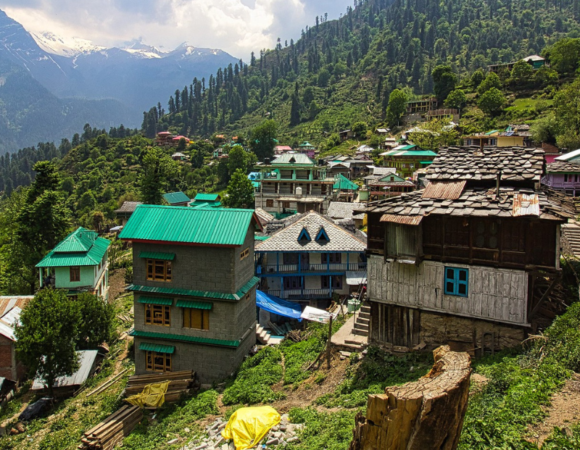
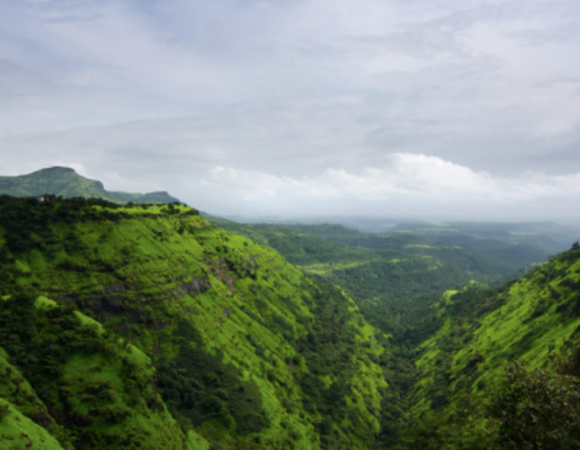
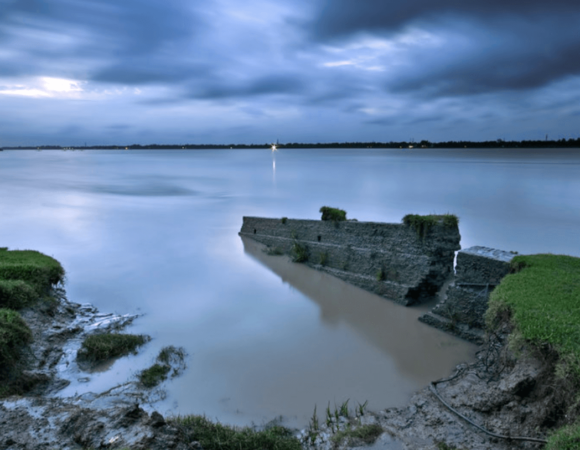
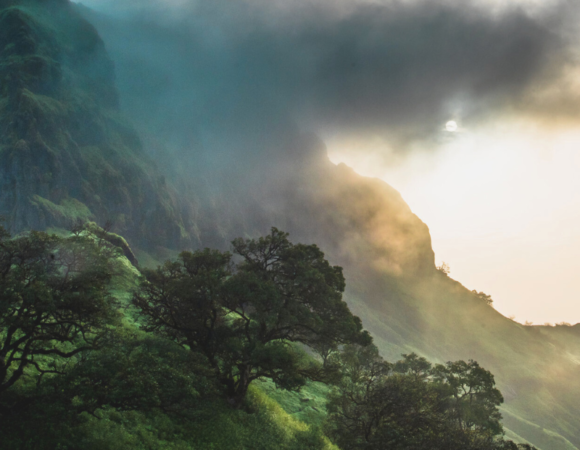
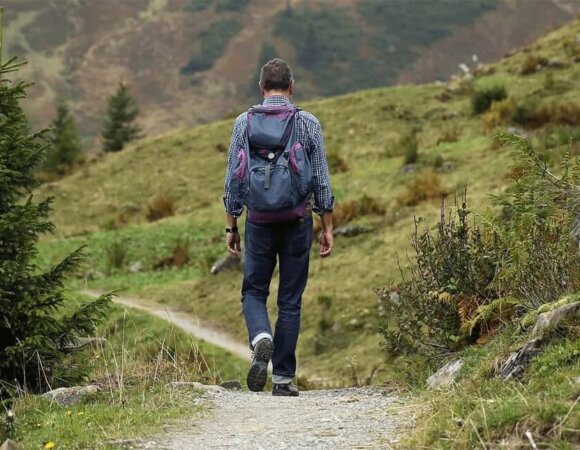

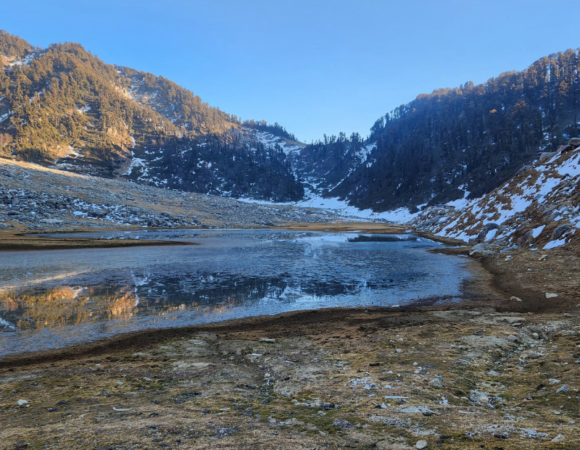
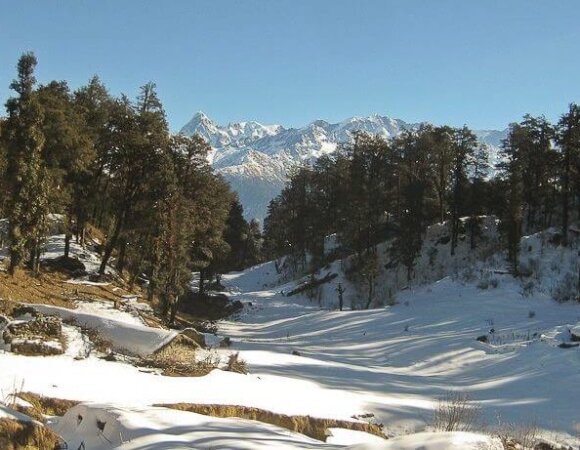
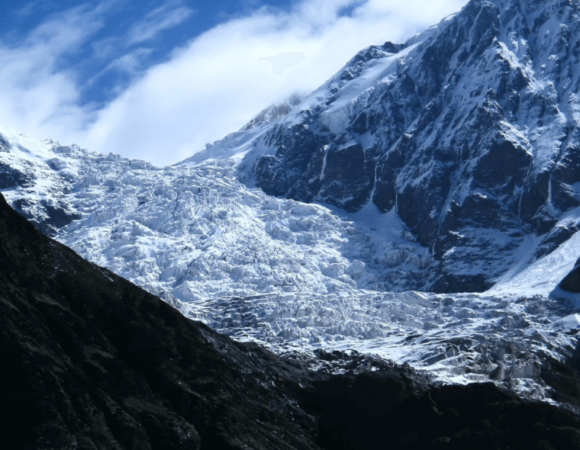

[…] Read more: Shirdi Sai Baba Pilgrimage […]